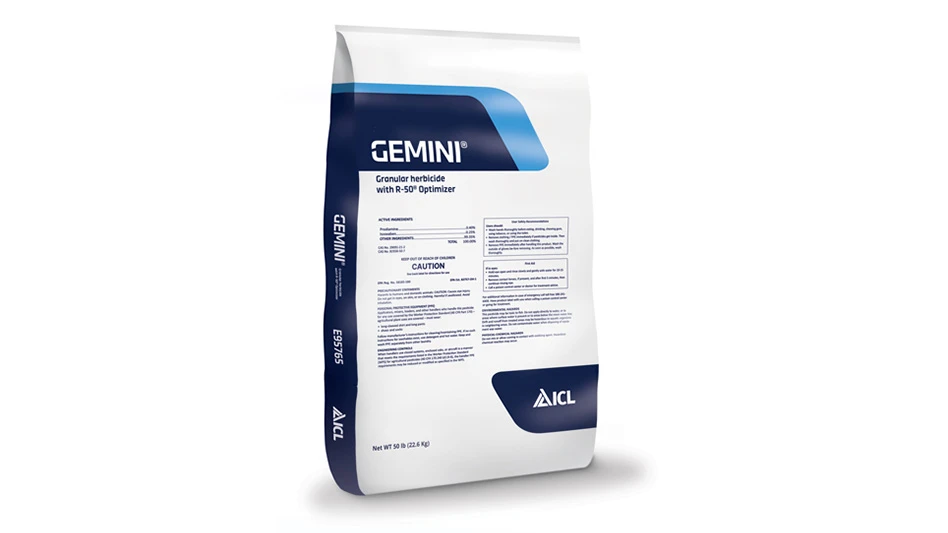Univ. of Md. Extension personnel are seeing high populations of chrysanthemum lace bug (Corythuca marmorata) on asters. The chrysanthemum lace bug feeds on a wide range of herbaceous perennials in the Asteraceae or Compositae family including asters, sunflowers, black-eyed susans, goldenrods.
Chrysanthemum lace bug overwinters as adults and begins laying eggs in early spring. By late May or the first generation eggs are hatching, and adults are abundant by June. The bug is expected to have at least two generations. They will be active throughout the season into September.
Chrysanthemum lace bug feeds on the upper and lower leaf surface of host plants. Damage includes yellow stippling of the foliage that can progress to leaf browning and plant death. Look for black frass droplets on upper and lower leaf surfaces. Eggs are inserted into the leaf (mainly along major veins) and covered with frass droplets. If you have an infestation of chrysanthemum lace bug this year, next spring monitor for stippling damage, eggs and newly hatched nymphs.
Latest from Greenhouse Management
- Super Charged Moon Juice from Moon Valley Nurseries now available nationally
- 2025 Proven Winners Horticulture Scholarship applications now open
- How to improve inventory and shipping management in the greenhouse
- Leading Women of Horticulture: Anna Ball, Ball Hort, and Terri McEnaney, Bailey Nurseries
- GM CEA HERB Part 2: A guide to increasing the sowing density of culinary herbs
- GM CEA HERB Part 1: Best practices for producing culinary herbs in controlled environments
- USDA fires experts on invasive pests, including Asian citrus psyllid, chilli thrips
- CEA Alliance celebrates bipartisan introduction of Supporting Innovation in Agriculture Act








